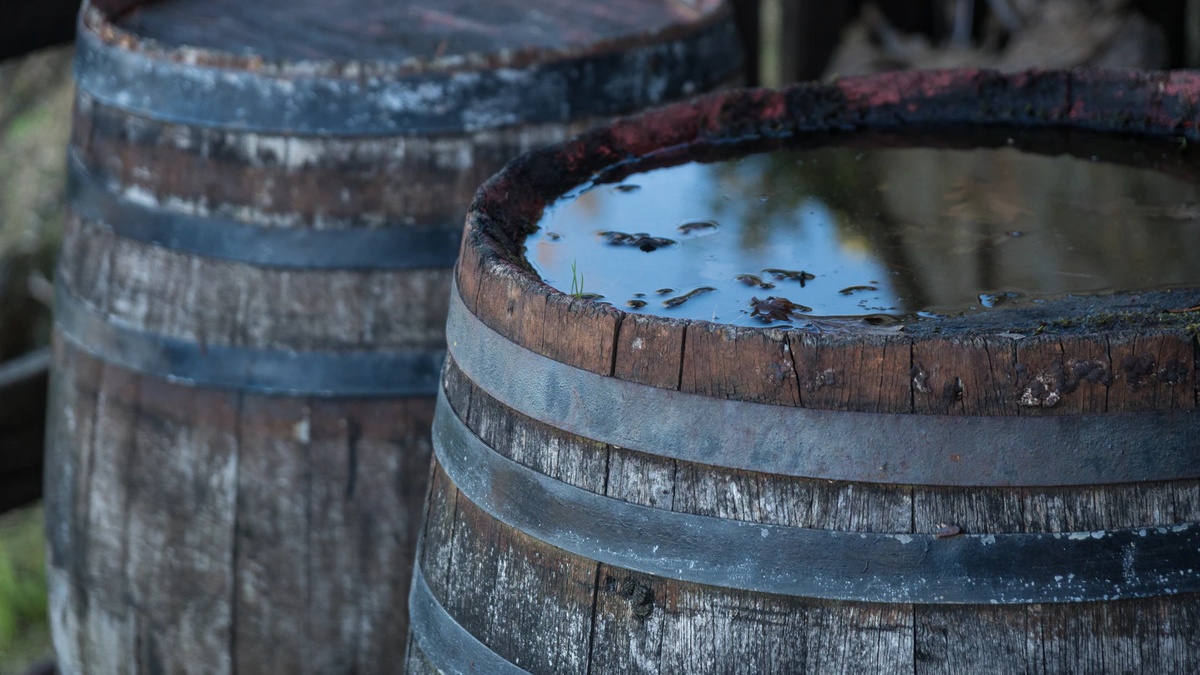The longest and latest California grape harvest in the past thirty years has come to a close. It’s been cold, and wet and generally a very unusual harvest year by California standards. This year, malolactic, also known as “secondary” fermentation, (MLF) was slow to start and even slower to finish. MLF occurs when the wine remains in barrel and the malic acid present in the wine breaks down into lactic acid and carbon dioxide. This process also produces a chemical called diacetyl, which is evident by the “buttery” flavor associated with many white wines which go through this process.
In red wines, as in whites, MLF decreases the amount of acid in the wine, giving it a fuller body and better mouth feel. The process also helps to stabilize the wine, meaning that the wine will be safer to bottle, last longer once bottled and have less potential volatility.
Once the wine has completed malolactic fermentation and is more stable, it is given a shot of sulfur dioxide which acts as an antioxidant and a preservative so the wine stays “fresh”. Not enough sulfur can often result in failed wine. The lack of sulfur often leads normally results in wine that becomes oxidized, discolored or subject to bacterial growth and spoilage.
Now what? Now we wait.
This is when the fun begins. We get to see the wine develop and we get to play with it too. This year FWC is making Tempranillo and Syrah, both from Estelle Vineyard in Santa Ynez. We also are making Grenache, from the Thomas Colburn Vineyard in Paso Robles. I think the Temp is great on its own and I may leave it that way. The Grenache and Syrah taste great and I really don’t want to go and mess anything up but I think I’d like to make a Rhone style blend out of these two. The way we do this is to start doing taste tests. We measure out samples and start blending the grapes together and tasting them. Our favorite blend wins. After we decide on the blend percentages then we simply have to “marry” the wine together.
Wine can be blended in two ways. The grapes can be fermented together “co-fermented” and then you have what you have when you get done. In a co-ferment, the percentages can’t be changed. But, when the wine is fermented separately, it can be blended according to taste. The blended wine must remain in barrel for at least a couple months in order to maintain its stability. After that, it can be bottled when ready and consumed just like any other wine.
Wish me luck with the blending, or better yet, call me and come help! It’s really tough work blending wines and trying to figure out what tastes best, but practice makes perfect.
We can do tastings for groups or parties and we are happy to deliver wine locally or ship almost anywhere in the country.
For wine orders Jeff can be reached at (818) 674-2005 or email him at drinkfreedomwine@gmail.com.
For No. Cal. sales please contact Robert at (707) 799-6775 or email him at: robert@thelarsenprojekt.com.
Private tastings can be set up by appointment.
Call or email Jeff and Jennifer Vallens (818) 674-2005 drinkfreedomwine@gmail.com
Please remember that FWC wines are VERY limited in production and when they are gone, they are really gone. Cheers!
